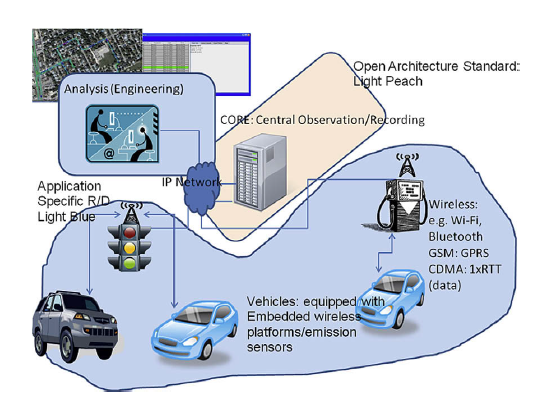|
The Internet has become an integral part of our lives, revolutionizing the way we communicate, access information, and conduct business. But have you ever wondered how it all started? Let's take a journey through the history of the Internet and explore its remarkable evolution. In the 1960s, the United States Department of Defense initiated a research project called ARPANET (Advanced Research Projects Agency Network). It aimed to create a decentralized network that could withstand a nuclear attack. This project laid the foundation for what we now know as the Internet. During the 1970s, significant progress was made in developing networking protocols. The Transmission Control Protocol (TCP) and the Internet Protocol (IP) were introduced, forming the basis of the modern Internet. These protocols allowed computers to communicate with each other across different networks, creating the concept of a global interconnected network. In the 1980s, the National Science Foundation (NSF) in the United States established NSFNET, a high-speed backbone network connecting supercomputing centers. This expansion led to the formation of regional networks that connected universities, research institutions, and government agencies. The Internet was no longer limited to military use but became accessible to academia and eventually the public. The 1990s marked a turning point for the Internet. The World Wide Web (WWW), developed by Sir Tim Berners-Lee, provided a user-friendly interface for accessing information on the Internet. With the introduction of web browsers like Netscape Navigator and Internet Explorer, the Internet became more visually appealing and easier to navigate. As the Internet gained popularity, internet service providers (ISPs) emerged, offering dial-up and broadband connections to households and businesses. This widespread availability of Internet access fueled its rapid growth and led to the dot-com boom, where numerous online businesses were established. In the early 2000s, the Internet continued to evolve with the rise of social networking sites like MySpace and later Facebook. These platforms transformed how people connect and interact online, paving the way for the era of social media. The advent of smartphones in the late 2000s further revolutionized the Internet. Mobile internet usage skyrocketed as people could access the Internet on the go, leading to the development of mobile applications and services tailored for smaller screens. Today, the Internet has become an indispensable part of our daily lives. From e-commerce and online banking to streaming services and cloud computing, it has reshaped industries and empowered individuals worldwide. The Internet of Things (IoT) has connected everyday objects to the Internet, enabling a new level of automation and convenience. Looking ahead, the future of the Internet promises even more exciting advancements. Technologies like 5G networks, artificial intelligence, and virtual reality will continue to enhance our online experiences and open up new possibilities. In conclusion, the history of the Internet is a testament to human innovation and collaboration. From its humble beginnings as a military research project to a global network connecting billions of people, the Internet has come a long way. As we embark on the next phase of its evolution, we can only imagine the transformative impact it will have on our lives.  |
